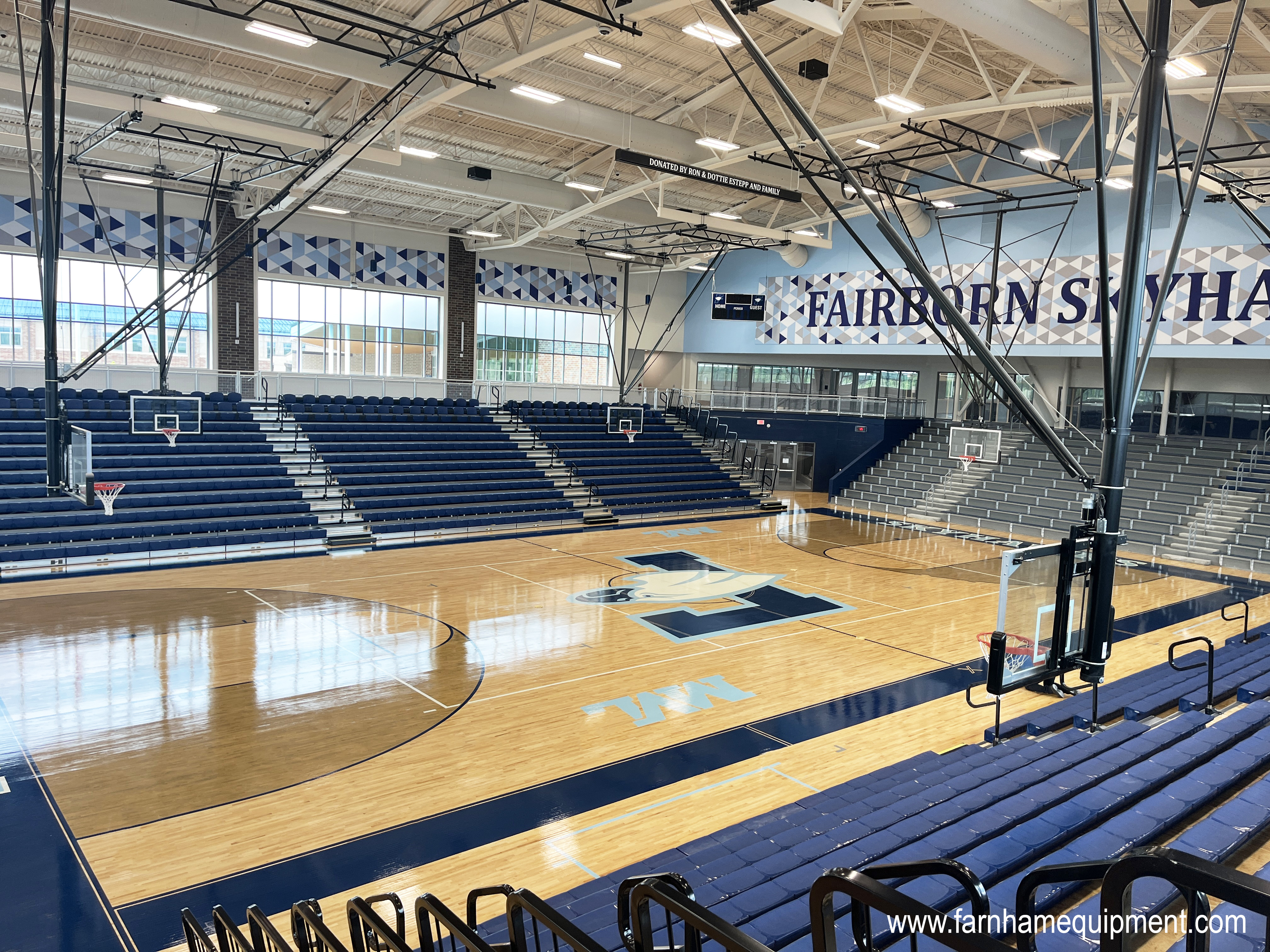Play Environment
First, you need to determine what type of volleyball will be played on your system. Generally speaking, there are systems available for two types of play – competitive and recreational. Competitive volleyball play requires that the net be a certain height, depending on who is playing. Men’s net height should be 7’ 11-5/8”, women’s net height should be 7’ 4-1/8”, and youth net height should be 7’ (or lower, depending on age). Competitive volleyball also requires that the top of the post be at the same height as the net. These systems must have telescopic posts so that the posts can be raised or lowered with the net staying the same height as the posts. Competition systems also require that a referee stand be used, so that the referee has a clear view of the court action. Recreational volleyball systems do not require that the post be at the same height as the net, thus allowing other sports to be played on them, such as badminton or tennis. Other types of recreational volleyball equipment include systems for outdoor/playground use, sand or beach volleyball, or portable systems in a bag.
Facility Constraints
Another factor in deciding on a volleyball system is facility constraints. If your facility was built many years ago or the court area was initially designed for other activities, then traditional in-ground systems may not work, and other options must be explored. In recent years, portable and ceiling-suspended volleyball systems have become popular alternatives to in-ground systems because they allow for little or no drilling into your flooring. However, alternative floor anchors may allow you to install traditional in-ground systems in your facility at a cheaper cost. If your current system has existing sleeves and you are looking to upgrade your equipment, you will need to know the sleeve diameter and existing pole size so that you can ensure you get the correct size when you make your purchase. If not, custom base adapters are available from many manufacturers to allow for easy retrofitting of your old system.
Equipment Material
There are several different materials that volleyball uprights can be constructed from. Aluminum post systems were the industry standard for many years, but recently carbon and steel systems have also become popular options. Aluminum systems are lighter and easier to transport than steel systems; however they are generally not as durable as steel and can be more expensive, depending on the market. On the other hand, steel posts systems provide more durability during heavy play environments, but they can be heavy and cumbersome when moving them on and off the court. Carbon systems are the lightest of all three, thus providing a better option for facilities that set up their courts more frequently. However, carbon systems are usually the most expensive alternative.
Budget
Budgetary concerns are always on the minds of schools and other facilities when purchasing sports equipment. Luckily, most manufacturers offer several different options so that many price points are covered. It’s important to examine your budget first before buying a volleyball system, and make sure to check to see if your facility also needs any secondary equipment, such as padding, nets, or storage equipment, as those items can quickly add up. If you are recreational facility that offers several different sports at your location, then you may want to consider purchasing a recreational volleyball system that can also be used for other net sports such as badminton or tennis, in order to save on equipment costs. In addition, purchasing smaller sized posts and economical netting, and using existing floor sleeves are other ways to minimize equipment expenses. Generally it is a good idea to get quotes from several different companies to find the most competitive pricing before making your decision. Some manufacturers will even offer a discount if you purchase more items or spend above a certain dollar amount. Lastly, don’t forget to account for freight and installation (if applicable) in your budget.
Original post can be found on Performance Sports Systems PSS News.


